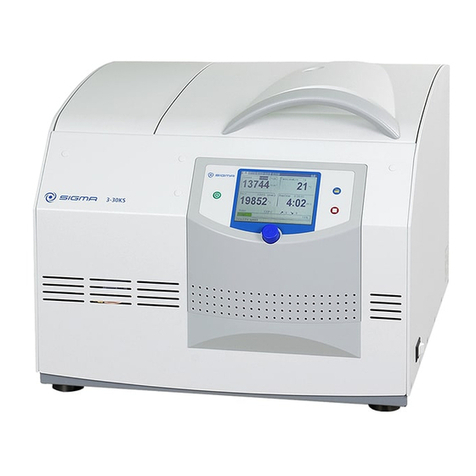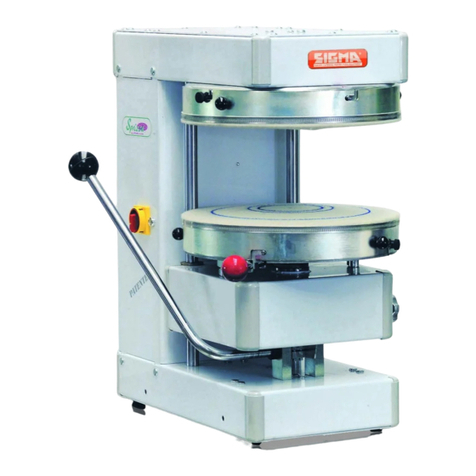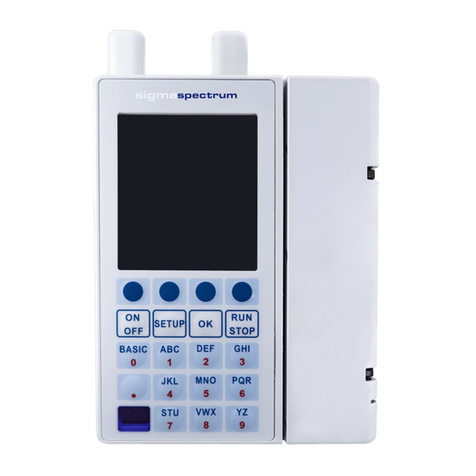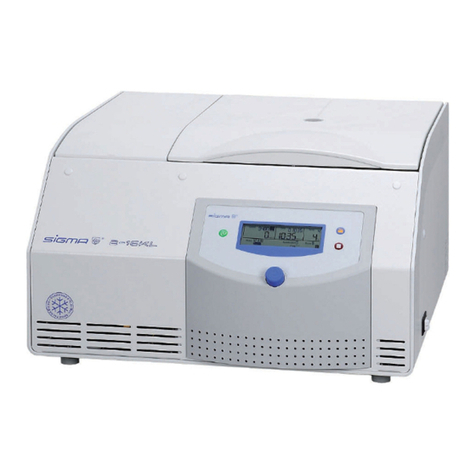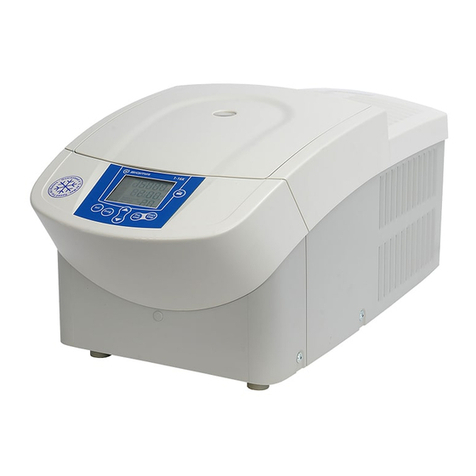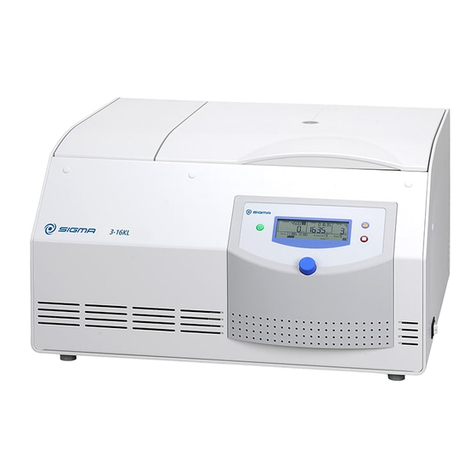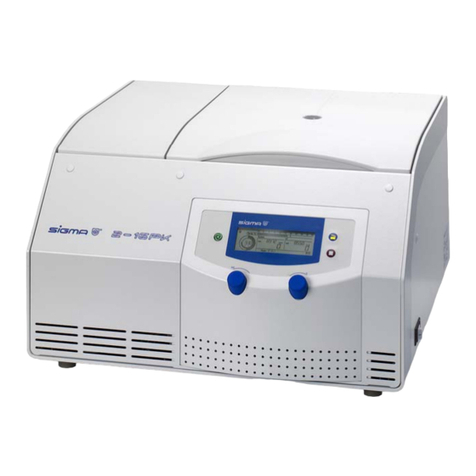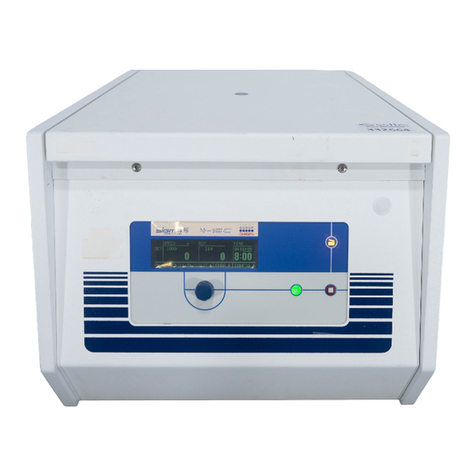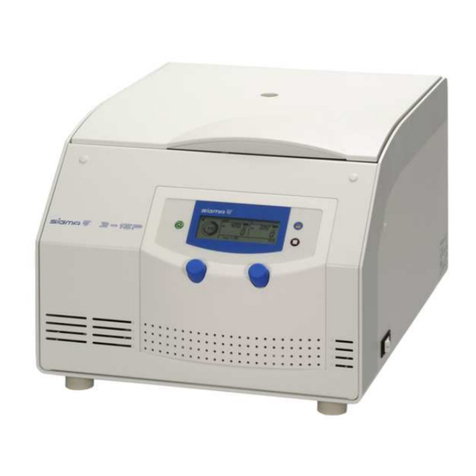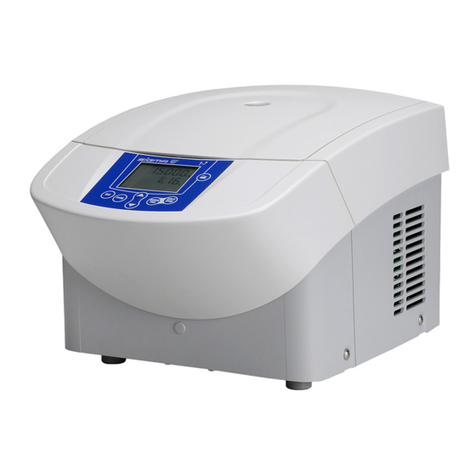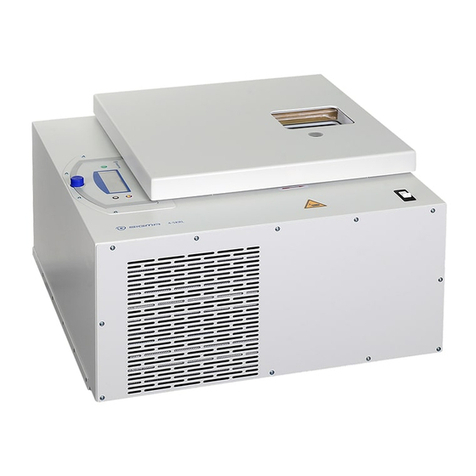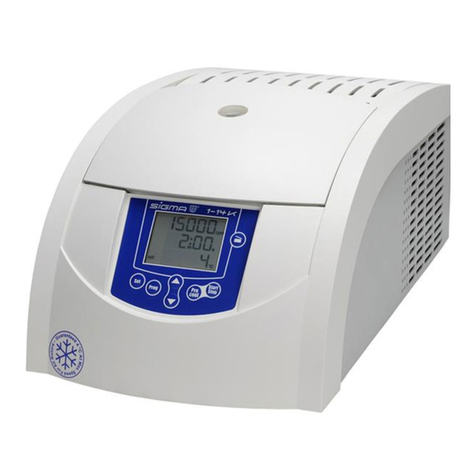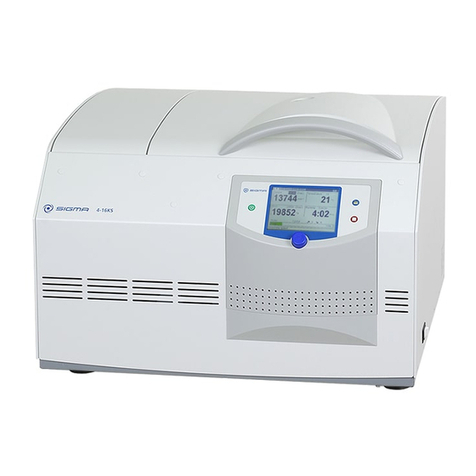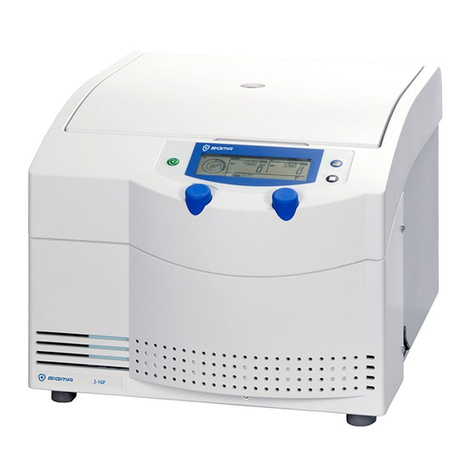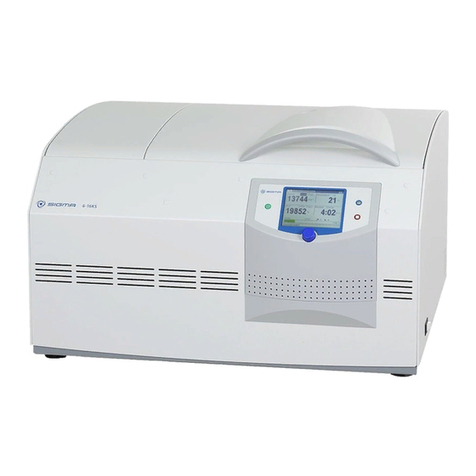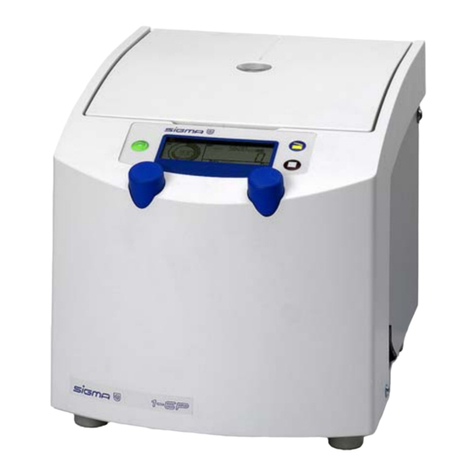4Storage and transport ....................................................................................................... 25
4.1 Dimensions and weight...................................................................................................25
4.2 Storage conditions..........................................................................................................25
4.3 Notes on transport..........................................................................................................25
4.4 Packaging.......................................................................................................................26
4.5 Transport safety device...................................................................................................26
5Set-up and connection ......................................................................................................27
5.1 Installation site................................................................................................................27
5.2 Power supply..................................................................................................................27
5.2.1 Type of connection ....................................................................................................27
5.2.2 Customer-provided fuses...........................................................................................28
6Using the centrifuge.......................................................................................................... 29
6.1 Initial start-up..................................................................................................................29
6.2 Switching the centrifuge on.............................................................................................29
6.2.1 Opening and closing the lid........................................................................................29
6.2.2 Installation of rotors and accessories.........................................................................29
6.2.2.1 Installation of a rotor ..........................................................................................29
6.2.2.2 Installation of an angle rotor with a hermetic lid..................................................30
6.2.2.3 Installation of accessories..................................................................................32
6.2.2.4 Adapters ............................................................................................................34
6.2.2.5 Vessels..............................................................................................................34
6.2.2.6 Blood bag systems.............................................................................................35
6.2.2.7 Centrifugation with tubes for mineral oil .............................................................36
6.3 Control system "Spincontrol S".......................................................................................37
6.3.1 User interface............................................................................................................37
6.3.2 Manual mode.............................................................................................................38
6.3.2.1 Starting a centrifugation run...............................................................................38
6.3.2.2 Interrupting a centrifugation run .........................................................................38
6.3.2.3 Interrupting a deceleration process....................................................................38
6.3.2.4 Selection, display, and modification of data........................................................38
6.3.2.5 Standard menu ..................................................................................................39
6.3.2.6 Process library menu .........................................................................................43
6.3.2.7 Parameters menu ..............................................................................................44
6.3.2.8 Setup menu .......................................................................................................47
6.3.2.9 Curve menu.......................................................................................................50
6.3.2.10 Help menu .........................................................................................................51
6.3.2.11 Changing the contrast........................................................................................52
6.3.3 Program mode...........................................................................................................52
6.3.3.1 Saving a program...............................................................................................53
6.3.3.2 Loading a program.............................................................................................53
6.3.3.3 Executing a program..........................................................................................54
6.3.3.4 Deleting a program ............................................................................................54
6.3.3.5 Automatic program rotation................................................................................55
6.3.4 Options for data input and output...............................................................................56
